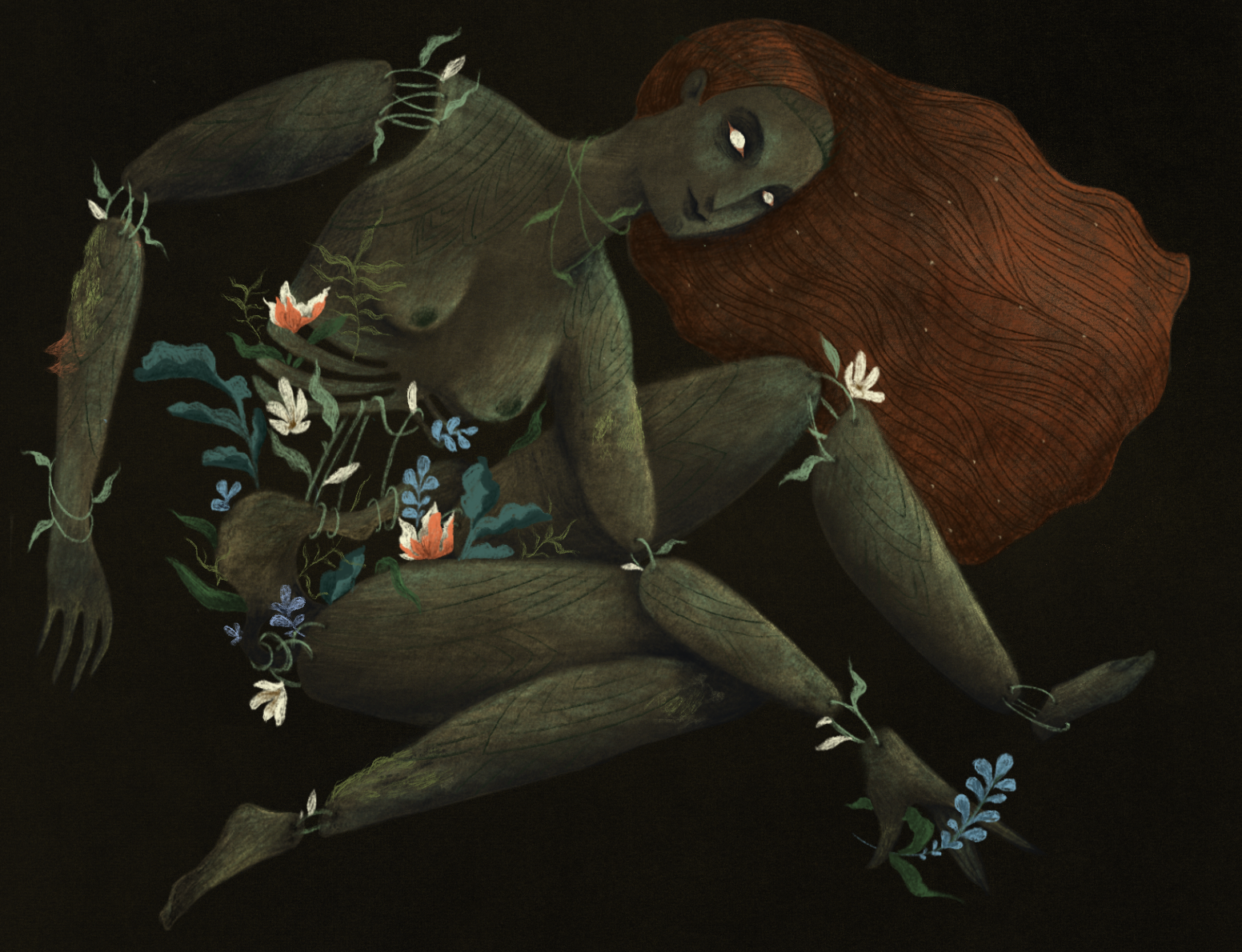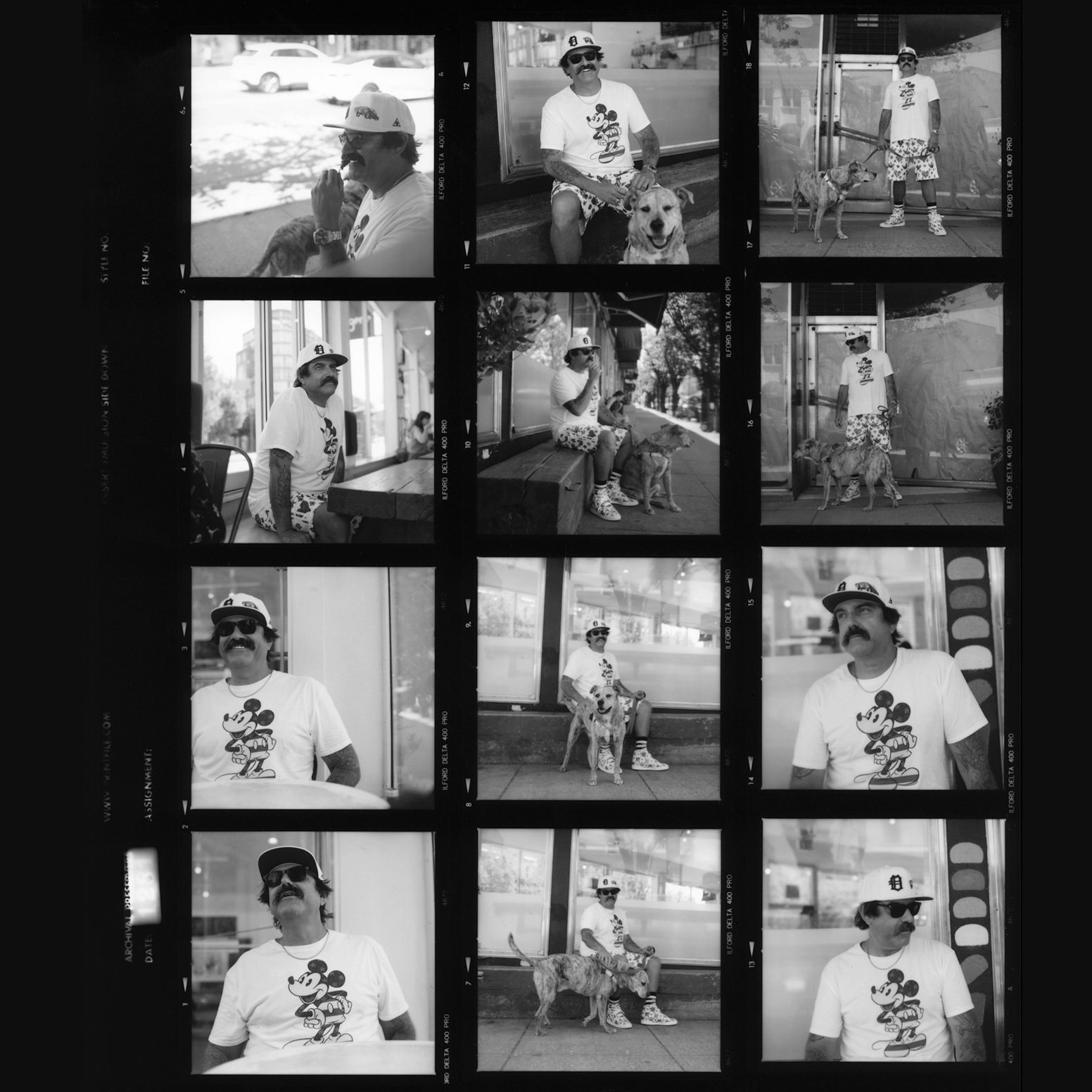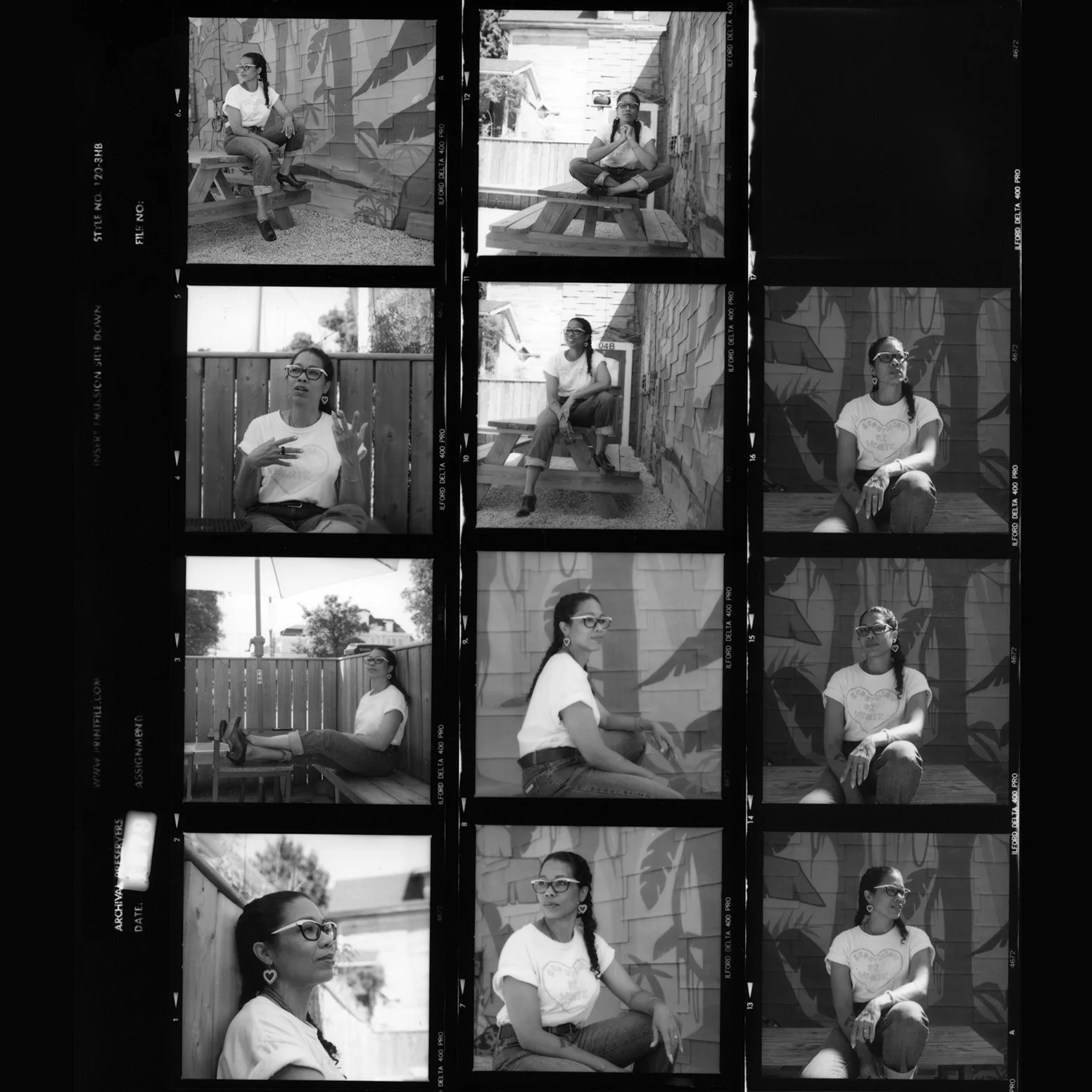Interview: Rebecca Chaperon
/On Wednesday, Jan. 27, Vancouver-based artist Rebecca Chaperon will be speaking at Thrive Studio—a creative space for women artists in Mount Pleasant—as part of the studio’s monthly speaker series, Thrive Talks. You might recognize Chaperon’s work, which has been exhibited internationally, for her eerie surrealist landscapes often featuring crystals and/or icebergs.
Rebecca Chaperon
If you are an emerging visual artist, take note: Chaperon will talk about the benefits of showing at artist-run centres and also provide grant application tips. However, I had the distinct pleasure of talking to Chaperon over the phone about more than just business. Keep reading if you are at all interested in crazy existential landscapes, female surrealists, and getting advice from wise ladies.
Shannon Tien: How would you describe your work to someone who hasn’t seen it before?
Rebecca Chaperon: Well I’ve done a number of different things, but I’m always interested in things that are a surreal or a fantastical…and things that can be existential. So, things that make you think about your perception of the world around you.
My show last year was these landscapes that I painted—it was called Eccentric Gardens—and some text pieces. And I was trying to get people to think about what kind of crazy landscape exists inside of us, especially for artists. So I was illustrating what that might look like and getting people to think about how we have these places inside of ourselves that are impossible for another person to see or experience.
ST: And how are you involved with Thrive Art Studio right now?
RC: So Jamie [Smith] and I talked about Thrive long before she started to put it together and make it a physical reality. I’ve tried to be as supportive as I can because I see Jamie as a very strong woman who can really make things manifest. She can take an idea and actually make it happen. A lot of people might get tired or say maybe I don’t have time for this, but she just keeps working until it becomes a reality. So I try to attend most of the talks and I’m part of one of the mastermind groups that she hosts. I’ve done some collaging in her space before. I’ve sampled a bunch of different things that she’s been doing and it’s been great.
ST: How do you feel about all-women art studios or spaces?
RC: As far as Thrive being a for-women community, I think it’s actually—I mean I wish it wasn’t important, but it really is because the canon of artists…if you ask people on the street who their favourite artist is or if they can even name an artist, they will mostly be male figures. And male artists have been celebrated and supported and I think that it’s really good to bring a community of female artists together because we have to learn how to be ambitious and support each other. I know not everybody wants to be in the history books or showing their art at the Venice Biennale, but I’d love to see more women doing that and being in those positions.
I think what Jamie is offering is a grassroots support system and it’s incredible. She’s very good at setting a tone and creating a positive style of communication that other people then follow. It can be very vulnerable for people to get together and talk about what they secretly hope to do in their career. So I think she does a good job of making people feel really strong.
ST: Have you ever personally experienced any sexism during your career?
RC: I feel that I have. A good example is that I don't see female artists' work being celebrated and recognized as much as male artists. It's disappointing. One place that it's noticeable is when you're looking at some galleries and checking out how extremely few female artists are represented or shown. It's not all galleries, but it's something I've seen personally. One gallery I've recently been checking out ( I won't mention the name) has only 14% female artists.
This clip on the Colbert Show of the Guerrilla Girls, anonymous feminist art activists, probably points out the issue in a more articulate way than I can.
Also, I want more female role models for myself, and for other female artists. I find speaking to experienced female artists who have accomplished certain steps in their career is worth its weight in gold. When it happens that you meet someone and they give you some words of advice and it’s a woman and you’re a woman, it just feels different. It's a feeling that is hard to explain—perhaps "encouraging" is the right word--and also I strongly identify with these women.
ST: Who are your female role models?
RC: There’s so many. As far as looking at art history, something that was really big for me was discovering the work of the female surrealist Remedios Varo. When I first saw her work, I was sad that I had never heard of her before because I’d learned all about these surrealists—and yeah I’d learned about Frida Khalo as one of the surrealists—but I’d never heard of Remedios Varo. And she made so much work. It was incredible to me. At that time she was doing something that looked illustrative, which Frida Khalo did a bit too, but in a totally different style. I really just fell in love with it.
ST: Do you know what your talk will focus on at Thrive?
RC: So I’m just going to introduce my work and then talk a little bit about some of the things I’ve done, or some of the things that have felt like big achievements to me. And I’m going to talk about artist-run centres as a place to show artwork. I think there are many people who don’t really understand them, but they do serve a greater purpose in our communities.
So I’d like to talk about the benefits of showing at [artist-run centres] and also talk about proposal writing for grants through Canada Council. Those are two things that are very linked together because you have to have had three shows at artist-run centre galleries before you can be eligible to get any of that Canada Council grant money.
ST: What is the difference between an artist-run centre and an art gallery?
RC: The basic difference is that with a commercial gallery, it operates like a shop. So the gallery needs to pay rent every month and then it needs to make a profit on top of that, so they do the art exhibitions that they really hope will sell. And they take 50%.
“Artist-run centre” is actually a term—it sounds like it’s just a gallery run by artists, right? But it’s actually not—it’s this specific term that was designated by the government. Artist-run centres exist in small towns and big towns and their goal is to share art with the local community. That’s their purpose. And they don’t have to worry about selling the artwork to cover their rent. So it’s really cool because they can show more experimental things as well.
ST: Would you feel comfortable sharing your secret career goals?
RC: It sounds cheesy, the word “balance”, but I’m really trying to find balance. And that’s between selling my work, but also showing it to a broader community. I really like to show in the city, but it would be really wonderful to show in smaller towns as well through the artist-run centres. And so the balance part comes in because right now that feels like a whole other thing to focus on. It’s a lot more proposal writing and as much as I love writing proposals, I’d rather be painting.
Find out more about the event here, and find Rebecca's website here.




















